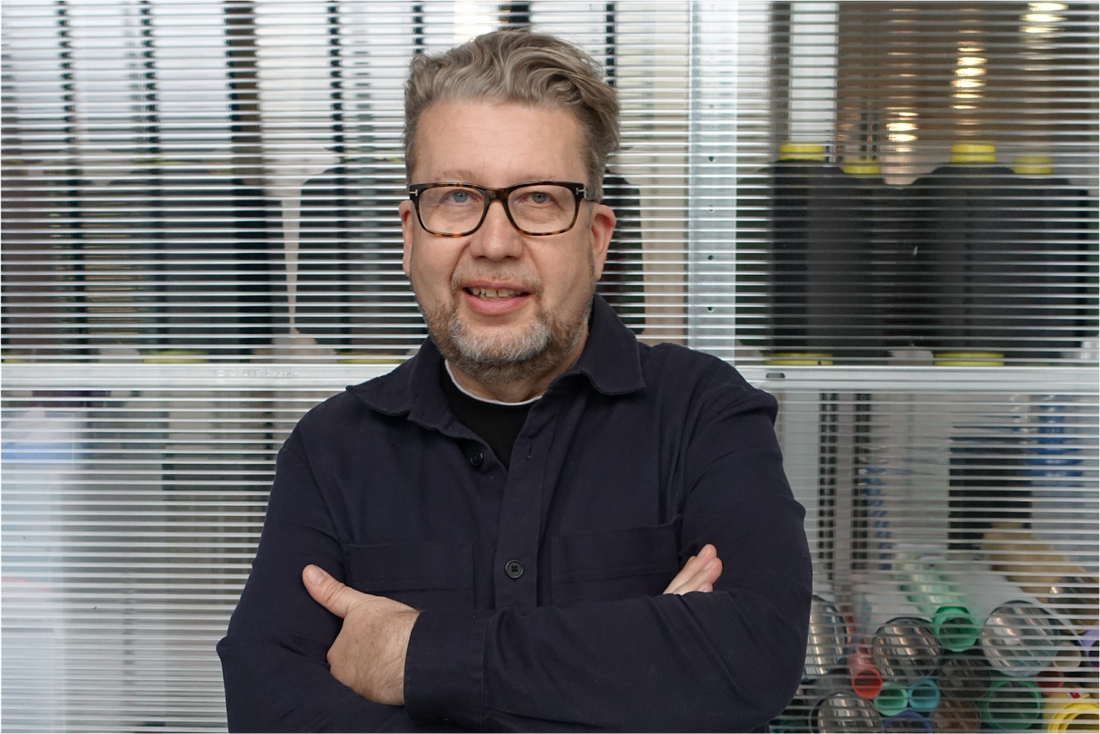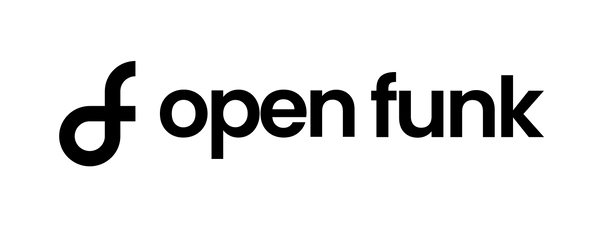
Circular design expert Tapani Jokinen joins the team!
Share
We have a new Funker in the house! We're excited to officially welcome Tapani Jokinen as an advisor to our team. He will be sharing his decade-long experience in the design and ecodesign field to help us shape the future of sustainable, circular home electronics. Tapani has been supporting us in the background since last year, and it was time we made it official.
Tapani is an internationally recognized strategic- & circular -design expert with 25 years of experience, working at the intersection of circular economy, systems, foresight, and design. He is one of the authors of the Ecodesign Learning Factory from the Fraunhofer Institute, and the former Head of design portfolio and strategy for mobile phones at Nokia, under which the durable Nokia 3310 was designed.
With this occasion, we took the opportunity to ask him a few questions and get to know him a bit better.
What’s your personal story? And how did you get into design in the first place?
I didn't choose to become a designer, design chose me. From a young age, I had the need to satisfy my curiosity to understand how devices worked and how they were built so I didn't have many intact toys. I loved to dream, draw, and create in our home workshop: new gadgets and objects from lego blocks, craft boats, robots and aeroplanes. I had an obsession to create unseen gizmos for the fun and sake of it, which I found very fulfilling. I was dreaming with my hands and giving form to thoughts.
What’s the favourite project you worked on?
During my long career, I have been able to do so many dream jobs, that now it is the next new design job that inspires me. When I create something and it's finished, it gives me a momentary feeling of satisfaction - but after a while I have to fill that void with a new exciting project. Doing seems to be the most enjoyable part of design, quickly finding an innovative solution to a complex problem and learning new things. The myth of Sisyphus lives in me, every day you have to roll a big rock to the top of the mountain and in the morning it is at the foot of the mountain. I'm really excited to collaborate with the Open Funk team and create a new standard for home appliances that are made to last and consume as little virgin materials as possible.

You used to work as a Head of Design Portfolio & Strategy for Nokia, during which time the durable Nokia 3310 was designed. Back then, it seemed that things were still made to last. What happened in the meantime?
Globalisation, mass production, and technology made products more affordable…which led to the fact that used products were no longer worth repairing or updating. It became cheaper to buy a new one. The focus was put on the efficiency of production chains, not on sufficiency or sustainability. Changeable, personalised covers and replaceable batteries were forgotten, which shortened the product's lifespan and increased the sales of new models. Design has played a big part in making products that focus on convenience and profit, rather than longevity and responsibility. In the words of Will Rogers “Too many people spend money they earned..to buy things they don't want..to impress people that they don't like”. Now, design must level up the game!
What drew you to the circular economy topic?
A new business reality, climate change and social forces are converging to push us into the Next Economy. While I had the privilege of co-creating and designing dozens of successful products at Nokia that have sold hundreds of millions of times globally, my work has also created tremendous amounts of e-waste. We can't continue using this take - make - waste approach. We've been living on loans and now it's time to pay back with high interest rates.
A circular economy is a solution to these issues: Economic growth is decoupled from the use of resources and resources are kept in a constant flow, at their highest potential. It reinvents how products are designed, manufactured, used, sold, refurbished and recycled.
My work taught me that great success means even greater responsibility for designers, and that sustainability needs to start at the design phase

Credits: circulardesign.tools
What made you interested in Open Funk?
I met Ken in June 2018 at the IDZ-organised Circular Design Forum in Berlin, where he took part in the Ecodesign Learning Factory my team and I facilitated. Since then, we have kept in touch and collaborated on design projects. When Paul and Ken presented their new idea and re:Mix — the kitchen mixer good for people & the planet — I was immediately jazzed up! The most important thing when working is to find a purpose, and the Open Funk team has that. Open Funk is a forerunner that already implements sustainable practices in everything it does, creating a positive impact through design - and others will follow.
What do you hope to see developing at Open Funk?
I want to share the knowledge and experience I have gathered in my long international career in strategic & circular design, consumer electronics, and start-ups. To make sustainability beautiful and funky! To bring Open Funk’s sustainability-led innovations and vision into reality and to spearhead this positive change.
You’re at the forefront of the circular design field. Where do you see this field in 5-10 years?
Sustainable products will be a new norm in the EU, and it all starts with product design. After all, design determines up to 80% of a product's environmental impact. Today, every company makes their business by exploiting natural resources in one way or another. In the future, products and services will be designed, made and used in fundamentally different ways. Products will be made more durable, reliable, reusable, upgradable, reparable, easier to maintain, refurbish, recycle, as well as more energy- and resource-efficient. This transition is already happening where Form follows FUNK!
Lastly, if someone is new to the circular economy, what is a good resource to start learning about the topic?
Here you find links to the latest circular and business design tools, as well as practical methodologies we have developed and published in connection with the Fraunhofer IZM Ecodesign Learning Factory program. It’s a good place to get started.
Tools and resources to help transition to a circular economy (Ellen MacArthur Foundation)
Thanks for sharing your story and advice with us. Now, let’s get to work and make this world a bit more circular. And funky.
